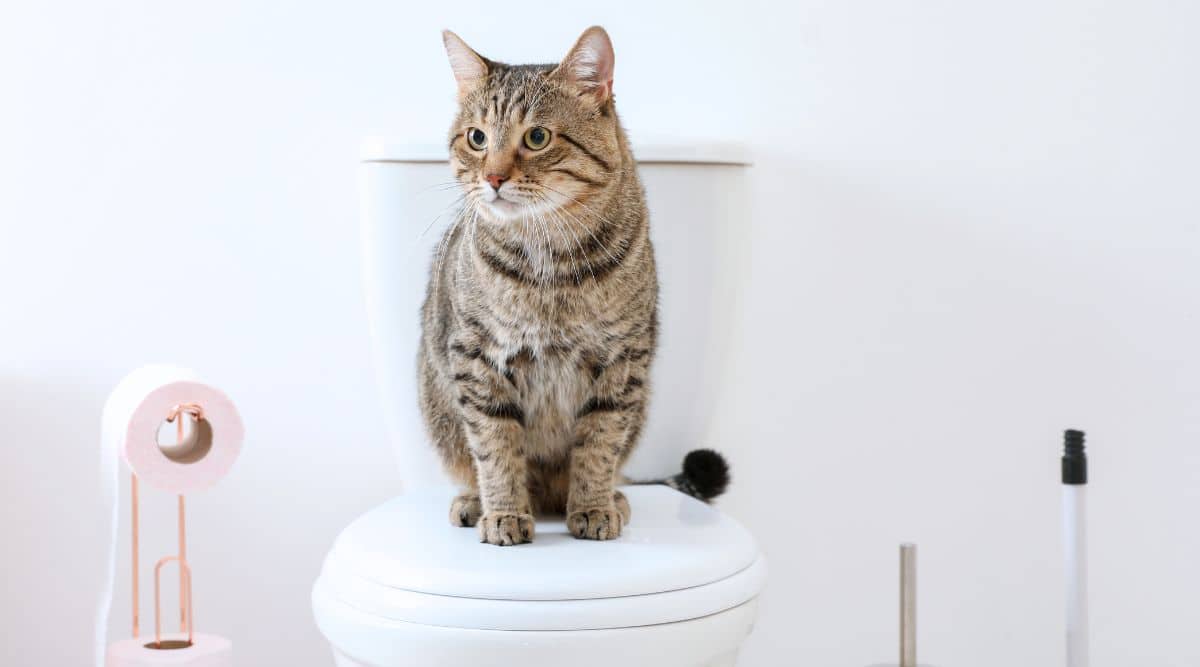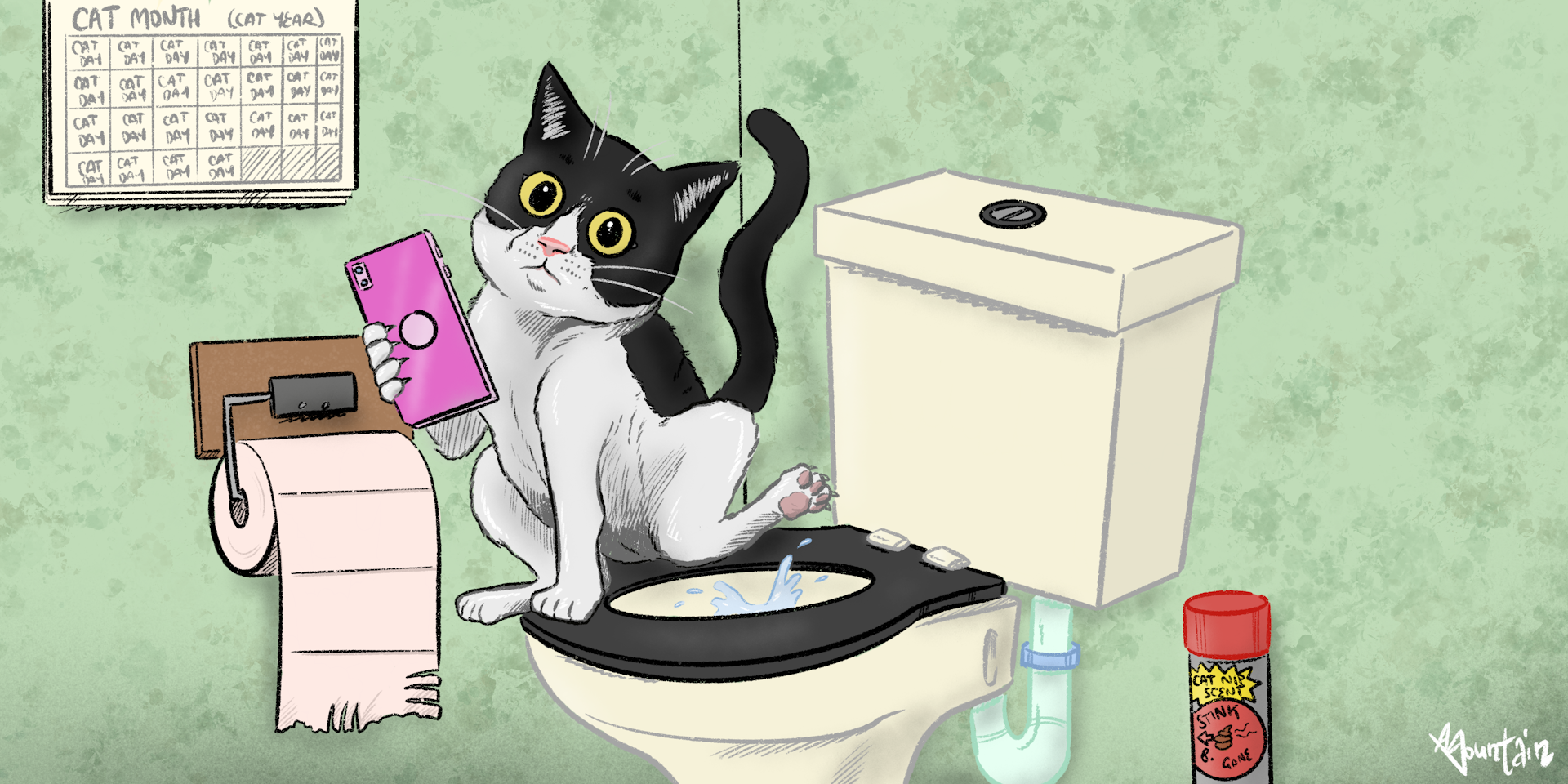Why Flushing Cat Poop Down Your Toilet Is Harmful - Tips for Correct Disposal
Why Flushing Cat Poop Down Your Toilet Is Harmful - Tips for Correct Disposal
Blog Article
We have noticed this article pertaining to Don’t flush cat feces down the toilet listed below on the web and accepted it made perfect sense to write about it with you on this page.

Introduction
As cat owners, it's vital to be mindful of just how we throw away our feline good friends' waste. While it may appear hassle-free to flush feline poop down the bathroom, this method can have damaging repercussions for both the environment and human wellness.
Alternatives to Flushing
The good news is, there are much safer and more liable ways to deal with pet cat poop. Think about the adhering to options:
1. Scoop and Dispose in Trash
One of the most common technique of dealing with pet cat poop is to scoop it into a naturally degradable bag and toss it in the trash. Make sure to utilize a committed litter scoop and take care of the waste promptly.
2. Use Biodegradable Litter
Choose eco-friendly pet cat clutter made from materials such as corn or wheat. These litters are environmentally friendly and can be safely taken care of in the garbage.
3. Bury in the Yard
If you have a lawn, take into consideration hiding pet cat waste in a marked location far from veggie yards and water resources. Be sure to dig deep enough to prevent contamination of groundwater.
4. Install a Pet Waste Disposal System
Purchase a pet dog garbage disposal system especially created for feline waste. These systems use enzymes to break down the waste, lowering odor and environmental influence.
Wellness Risks
In addition to environmental issues, flushing pet cat waste can additionally position health risks to humans. Pet cat feces may consist of Toxoplasma gondii, a parasite that can cause toxoplasmosis-- a possibly severe health problem, particularly for pregnant females and individuals with damaged immune systems.
Environmental Impact
Purging pet cat poop introduces damaging virus and bloodsuckers right into the water supply, presenting a significant risk to water ecological communities. These contaminants can adversely affect aquatic life and compromise water high quality.
Final thought
Responsible pet ownership expands past offering food and shelter-- it also entails appropriate waste administration. By refraining from purging feline poop down the toilet and opting for different disposal methods, we can minimize our ecological footprint and shield human health and wellness.
Why Can’t I Flush Cat Poop?
It Spreads a Parasite
Cats are frequently infected with a parasite called toxoplasma gondii. The parasite causes an infection called toxoplasmosis. It is usually harmless to cats. The parasite only uses cat poop as a host for its eggs. Otherwise, the cat’s immune system usually keeps the infection at low enough levels to maintain its own health. But it does not stop the develop of eggs. These eggs are tiny and surprisingly tough. They may survive for a year before they begin to grow. But that’s the problem.
Our wastewater system is not designed to deal with toxoplasmosis eggs. Instead, most eggs will flush from your toilet into sewers and wastewater management plants. After the sewage is treated for many other harmful things in it, it is typically released into local rivers, lakes, or oceans. Here, the toxoplasmosis eggs can find new hosts, including starfish, crabs, otters, and many other wildlife. For many, this is a significant risk to their health. Toxoplasmosis can also end up infecting water sources that are important for agriculture, which means our deer, pigs, and sheep can get infected too.
Is There Risk to Humans?
There can be a risk to human life from flushing cat poop down the toilet. If you do so, the parasites from your cat’s poop can end up in shellfish, game animals, or livestock. If this meat is then served raw or undercooked, the people who eat it can get sick.
In fact, according to the CDC, 40 million people in the United States are infected with toxoplasma gondii. They get it from exposure to infected seafood, or from some kind of cat poop contamination, like drinking from a stream that is contaminated or touching anything that has come into contact with cat poop. That includes just cleaning a cat litter box.
Most people who get infected with these parasites will not develop any symptoms. However, for pregnant women or for those with compromised immune systems, the parasite can cause severe health problems.
How to Handle Cat Poop
The best way to handle cat poop is actually to clean the box more often. The eggs that the parasite sheds will not become active until one to five days after the cat poops. That means that if you clean daily, you’re much less likely to come into direct contact with infectious eggs.
That said, always dispose of cat poop in the garbage and not down the toilet. Wash your hands before and after you clean the litter box, and bring the bag of poop right outside to your garbage bins.
https://trenchlesssolutionsusa.com/why-cant-i-flush-cat-poop/

Do you really like reading up on How to Dispose of Cat Poop and Litter Without Plastic Bags? Create a remark below. We'd be delighted to find out your thoughts about this blog. We hope to see you back again in the near future. Loved our post? Please share it. Help another person locate it. I value reading our article about How to Dispose of Cat Poop and Litter Without Plastic Bags.
Click Here Report this page